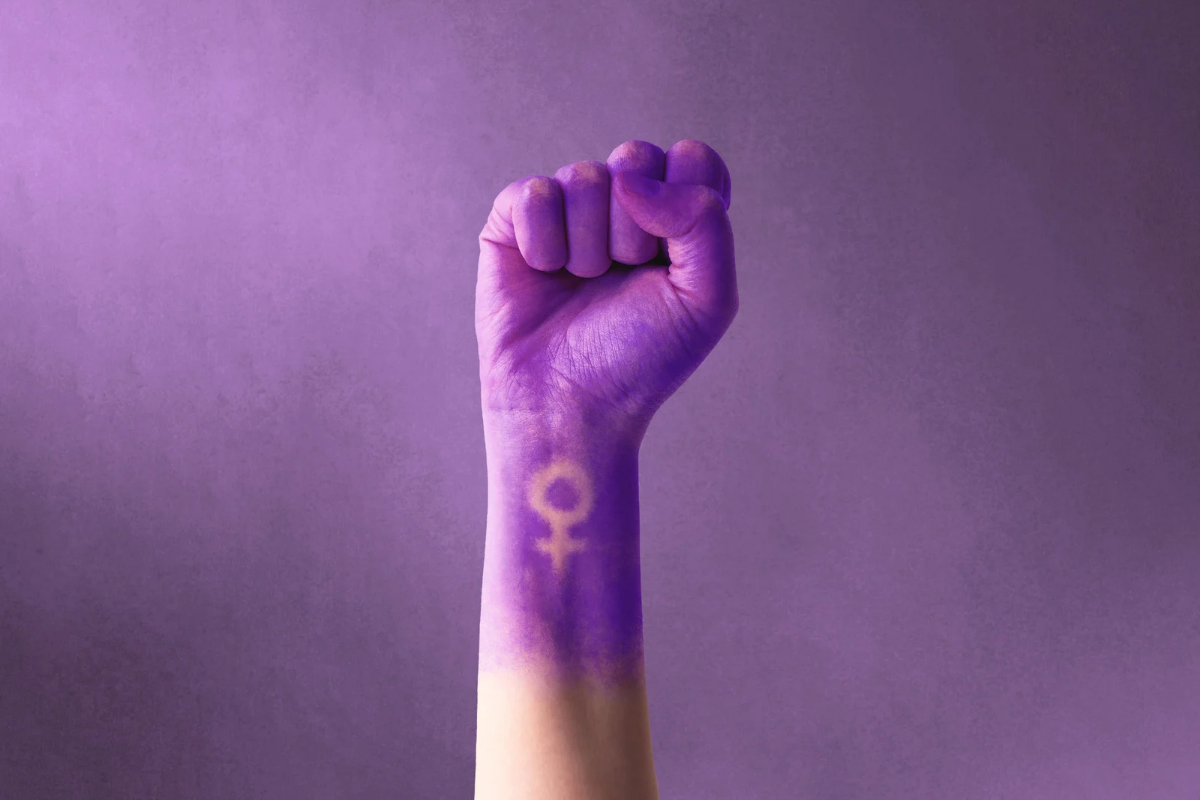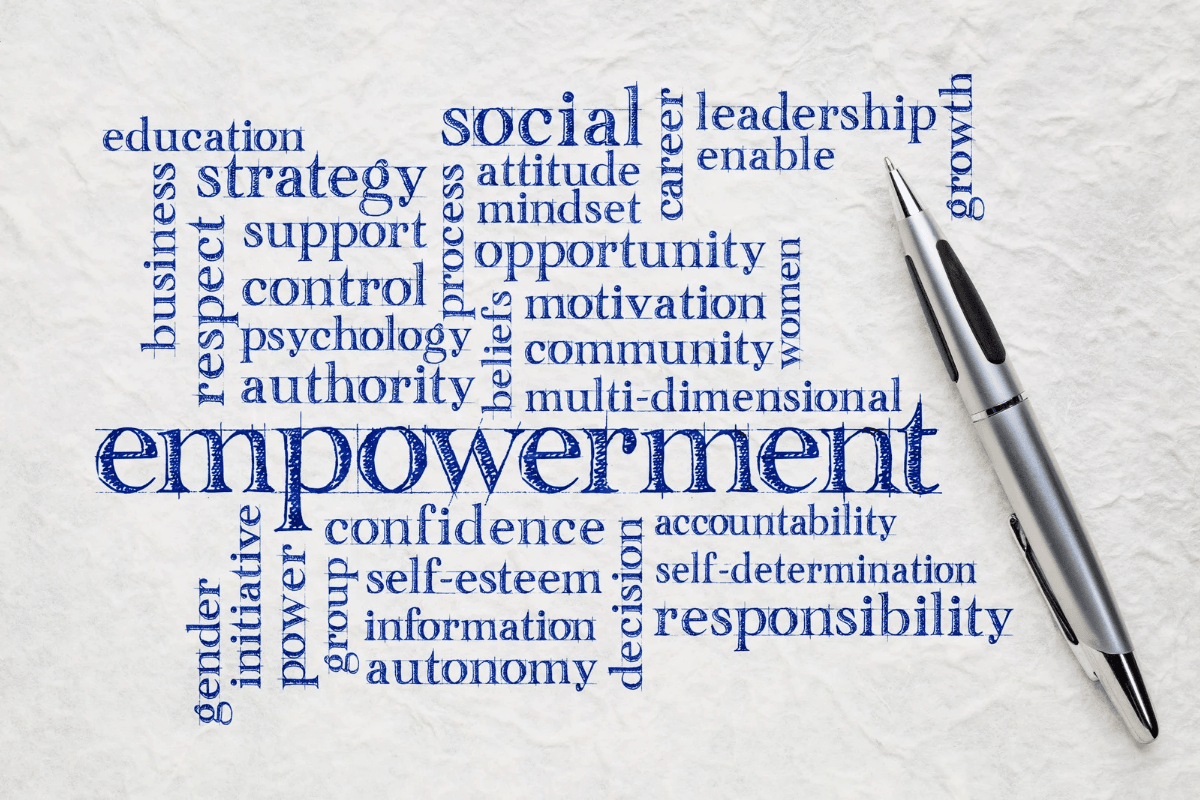Launched in 2015, the Beti Bachao Beti Padhao (BBBP) scheme has been a significant initiative by the Government of India to address gender discrimination and promote the education of girl children. Over the last decade, the programme has aimed to improve the declining child sex ratio, encourage female empowerment, and foster social change. Alongside initiatives like the Ladli Laxmi Yojana , the scheme has contributed to better opportunities for girls across India. However, despite its notable achievements, BBBP continues to face challenges in its implementation.
Alongside initiatives like the Ladli Laxmi Yojana , the scheme has contributed to better opportunities for girls across India.
This article provides an in-depth analysis of the achievements, impact, and challenges of Beti Bachao Beti Padhao as it completes ten years since its inception.
Objectives of Beti Bachao Beti Padhao
The primary objectives of BBBP include:
- Preventing Gender-Based Discrimination – Curbing sex-selective abortions and ensuring equal rights for girl children.
- Ensuring Survival and Protection of Girls – Promoting healthcare and nutrition for girls to improve their survival rates.
- Promoting Education for Girls – Encouraging families to enroll girls in schools and higher education.
- Creating Awareness and Changing Mindsets – Encouraging community participation in addressing gender discrimination.
Achievements of Beti Bachao Beti Padhao in 10 years
Over the past decade, BBBP has made significant progress in multiple areas. Here are some of its key achievements:
1. Improvement in Child Sex Ratio
One of the key indicators of the scheme’s success is the improvement in the Child Sex Ratio (CSR). Since 2015:
· The national child sex ratio has increased from 918 (2011 Census) to 931 (as per latest government data).

· States like Haryana, Rajasthan, and Punjab have witnessed notable improvements in CSR.
· Awareness campaigns against female foeticide have led to a reduction in sex-selective abortions.
2. Increased Female Enrollment in Schools
· School enrollment rates for girls in primary and secondary education have risen significantly.
· Dropout rates have declined in several states due to scholarships and financial incentives.
· Special emphasis on STEM (Science, Technology, Engineering, Mathematics) education for girls has been encouraged.
3. Financial Support through Ladli Laxmi Yojana and Similar Schemes
· The Ladli Laxmi Yojana , launched in states like Madhya Pradesh, complements BBBP by providing financial incentives to families for educating and raising girls.
· This scheme encourages parents to invest in their daughters’ futures and promotes financial independence among young women.
4. Improvement in Maternal and Child Healthcare
· The government has integrated BBBP with maternal health initiatives to provide better prenatal and postnatal care for women.
· Increased institutional deliveries and access to vaccination and nutrition programmes have improved the overall health of girl children.
5. Community Participation and Awareness
· Nationwide campaigns, workshops, and outreach programmes have been conducted to change societal attitudes towards girl children.
· Various influencers, celebrities, and NGOs have joined the movement to amplify its impact.
Various influencers, celebrities, and NGOs have joined the movement to amplify its impact.
· Initiatives like Selfie with Daughter became viral campaigns promoting positive messaging around girl child empowerment.
Challenges faced by Beti Bachao Beti Padhao
Despite its achievements, BBBP has encountered multiple implementation challenges over the years:
1. Inconsistent Fund Utilisation
· Reports indicate that a significant portion of the allocated funds has not been effectively utilised.

· Some states and districts have received funding but have not implemented projects efficiently.
2. Persistent Gender Bias
· While awareness has improved, deep-rooted patriarchal norms still affect gender equality.
· Many families continue to prefer male children due to economic and social factors.
3. Limited Reach in Rural Areas
· While urban areas have benefited from BBBP, rural and remote regions still lack access to resources.
· Poor infrastructure, lack of schools, and safety concerns continue to hinder girls’ education in villages.
4. Gaps in Law Enforcement
· Laws against sex-selective abortions and gender-based violence are not always strictly enforced.
· Illegal prenatal sex determination continues in some regions despite strict laws.
5. Low Awareness in Certain Communities
· Many families, especially in underprivileged communities, remain unaware of BBBP and its benefits.
Many families, especially in underprivileged communities, remain unaware of BBBP and its benefits.
· More efforts are needed to educate rural populations about available schemes and incentives.
Impact of Beti Bachao Beti Padhao on Ladli Laxmi Yojana and other initiatives
BBBP has had a positive influence on various state-level schemes, including Ladli Laxmi Yojana. This programme has worked in tandem with BBBP to:
· Provide financial security to families raising daughters.
· Encourage long-term savings for girls’ education and marriage.
· Reduce economic burdens that often lead to gender discrimination.
Other schemes that have aligned with BBBP’s goals include:
· Sukanya Samriddhi Yojana (SSY) – A savings scheme for girls’ higher education and marriage.
· Kanya Sumangala Yojana – Financial aid for the overall well-being of girl children.

· Ujjwala Yojana – Empowering women by providing them with clean cooking fuel and financial independence.
Future roadmap for Beti Bachao Beti Padhao
To ensure the continued success of BBBP, the government must take proactive measures:
1. Better Fund Allocation and Monitoring – Ensuring funds are effectively used for education, healthcare, and awareness programmes.
2. Stronger Implementation in Rural Areas – Expanding reach through mobile education units and digital learning platforms.
3. Strict Law Enforcement – Strengthening laws against female foeticide and gender-based violence.
4. Economic Incentives for Families – Expanding financial support schemes like Ladli Laxmi Yojana.
5. Greater Corporate and NGO Participation – Encouraging private sector involvement in promoting gender equality initiatives.
Conclusion
Over the past ten years, Beti Bachao Beti Padhao has made remarkable strides in improving the child sex ratio, increasing girls’ school enrollment, and enhancing awareness. With the support of Ladli Laxmi Yojana and other government initiatives, the programme has played a pivotal role in promoting gender equality and female empowerment. However, challenges like patriarchal biases, inconsistent fund utilisation, and limited rural outreach must be addressed to ensure the scheme’s long-term success. Moving forward, greater collaboration, stricter law enforcement, and enhanced financial incentives will be crucial in achieving the mission of empowering every girl child in India.
About the author(s)
Partner Content is carefully curated and socially relevant sponsored content created by FII's marketing team. It is separate from FII's editorial content and is identified as sponsored.




